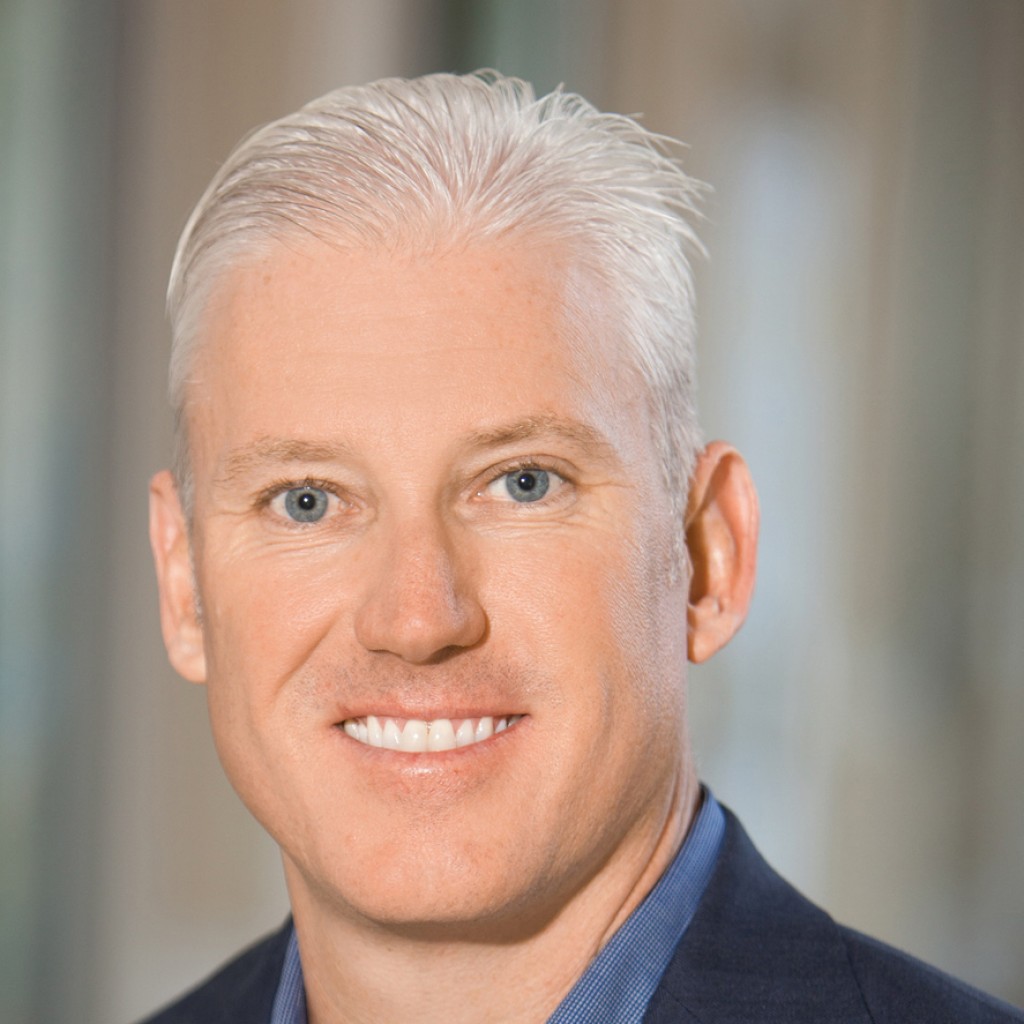
Republican Dean Asher has picked up the endorsement of both the local and state chapters of the Associated Builders and Contractors in his bid for Orlando-based Senate District 13.
Asher, a Realtor, was cited in part for his work on the board of the Greater Orlando Aviation Authority and as the Orlando International Airport’s liaison with the Port Canaveral Port Authority.
“Mr. Asher’s years of community involvement makes him a great fit to represent the citizens of Senate District 13,” ABC 2016 PAC Chairman Michael Dodane stated in a news release issued by Asher’s campaign. “His work with OIA and Port Canaveral and his consensus style of leadership has helped drive economic growth in Central Florida in a positive and meaningful way. As a small-business owner, Dean’s pro-job growth attitude will be an asset in Tallahassee.”
Asher hopes to replace termed-out Senate President Andy Gardiner in representing Senate District 13. The district’s new boundaries have made it more attractive to Democrats, and three are running, including former state Reps. Linda Stewart and Mike Clelland, and former Orange County School Board member Rick Roach.
“I am honored to receive the endorsement from one of the largest employers in Central Florida,” Asher stated in the release. “I look forward to working with them in our shared values to grow the economy and to help as many Americans as possible achieve the lifelong goal of being homeowners.”



One comment
Tim Goolsby
March 7, 2016 at 3:23 pm
There is an opportunity here to build the new MCO-to-Cocoa passenger-rail corridor to a standard that would allow passage of passenger trains at speeds either right at or at least very near 200 mph. It’s not every day that a region has the opportunity to plan and build forty-plus miles of brand-new, Greenfield railroad right of way, where it has never, ever, existed. As several Authority members mentioned during this joint meeting, the Beachline Expressway Corridor is ideal for a project of this nature. From the 528/417 interchange in S.E. Orlando, continuing east all the way to the 528/405 split, it is practically arrow straight. From this point, the new passenger corridor will likely depart the existing Beachline Expressway path, continuing straight east over more Greenfield land, crossing over I-95, eventually intersecting and tying in to the existing north-south FECR mainline near U.S. 1. The entirety of this new passenger-rail infrastructure will likely be totally grade-separated, either flying over or passing under any and all intersections, whether it be highways, other rail lines, or wildlife crossings.
The planned Florida East Coast Industries/All Aboard Florida/Go Brightline trains are proposed to be conventional diesel-electric, with a max speed of 125 mph, which is ideal for the service that they intend to operate.
However, if the Beachline Expressway Corridor is built to standards that would allow speeds of 200 mph, including overhead electrification, a separate, dedicated, all-electric passenger train could be operated strictly between MCO and Cocoa/Port Saint John, possibly extending all the way to Port Canaveral.
The Central Florida Expressway Authority has recently mentioned that it is exploring some new multi-modal efforts. Would it not be possible for The Central Florida Expressway Authority, The Greater Orlando Aviation Authority, The Canaveral Port Authority, The Space Coast TPO, FDOT, and Florida East Coast Industries to collaborate on an effort of this nature?
For an arrangement of this nature to be workable and operate smoothly and safely, it would likely be necessary to consolidate all train maintenance into one house, all dispatching into one house, and all train crew and operation into one house.
As far as scheduling goes, the 200 mph all-electric ‘Port-to-Port’ train could depart MCO first, say on the half-hour, and the 125 mph diesel-electric Go Brightline train could chase it, departing on the hour. Vice versa in the opposite direction.
Is it really necessary to travel from MCO to Port Canaveral in seventeen minutes, on a train with a max speed of 200 mph? Not really.
Would such a trip be a memorable and exhilarating experience for visitors to the Central Florida region? Most likely.
After all, isn’t that what our region is all about?
Comments are closed.